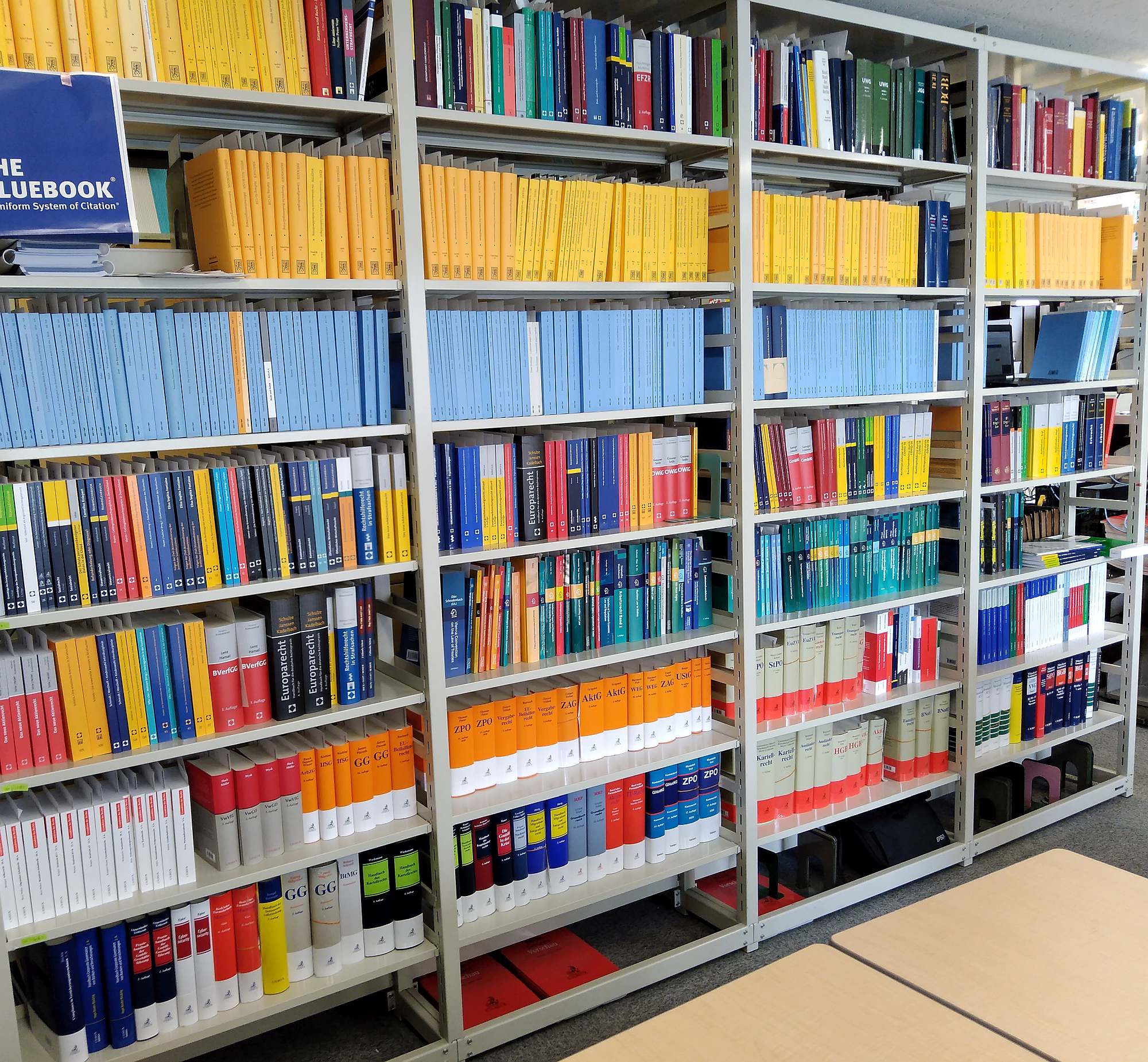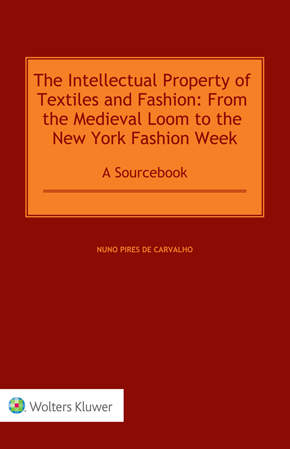The Intellectual Property of Textiles and Fashion
From the Medieval Loom to the New York Fashion Week
| タイトル | The Intellectual Property of Textiles and Fashion |
|---|---|
| サブタイトル | From the Medieval Loom to the New York Fashion Week |
| 著者 | de Carvalho, Nuno Pires |
| 出版年 | 20210916 |
| 出版社 | Kluwer Law International |
| 装丁 | hardcover |
| ISBN | 9789403537849 |
The Intellectual Property of Textiles and Fashion is a trailblazing book by an eminent author, adding to the series of major works that have made him a leading authority on IP law, who exultantly divulges at length how society has devised IP in association with textiles to accommodate it to the particular characteristics of fashion that emerged in the last century. Rampant global counterfeiting has led the fashion industry to seek even greater enforcement of its intellectual property (IP) rights. Yet, as this highly edifying book reveals, this is not new. Fashion designers and entrepreneurs, as well as manufacturers and tradespeople in the broader textiles industry from which fashion springs, have always wrestled to transform existing IP rules to an industry that was—and is—designed by the pressure of per se ephemeral consumer tastes and trends.
What’s in this book:
With over two hundred sources, many of them available in English for the first time, illustrated with fifty-one figures, this unique book allows the reader to make the acquaintance of those who have made and continue to make the IP of textiles and fashion. The underlying raisons d’être of the following facets are elucidated:
how fashion designers protect their creations against the spread of knock-offs;
how fashion entrepreneurs appropriate prestige and reputation;
how an iconic design becomes a brand or acquires secondary meaning; and
how such inventions as the sewing machine and the cotton gin affected IP rights in textiles and fashion.
A note introduces every source establishing its social, economic, and legal context. The sources are structured in two chapters (business identifiers—trade and certification marks, geographical indications—and appropriation of knowledge and creativity—patents, designs, copyright, and trade secrets) thereby enabling an easy comprehension of the linkage of vital moments that have contributed to give IP for textiles and fashion its special configuration, in particular the transition from textile law to fashion law.
How this will help you:
By virtue of this remarkable book, coming face to face with those who have made and make IP, academics, students, magistrates, professionals, and the legal community as a whole will have a lucid and pragmatic sense of how the combination of the entrepreneurial spirit with the imperatives of human consumption has modeled and continues modeling the special scope and limits of IP as applied to textiles and fashion.




